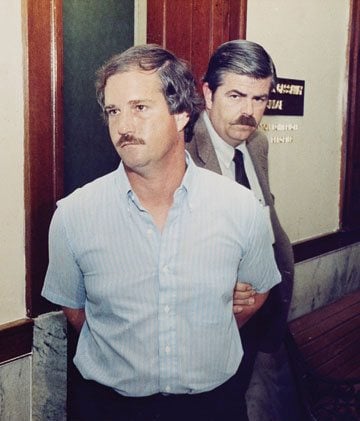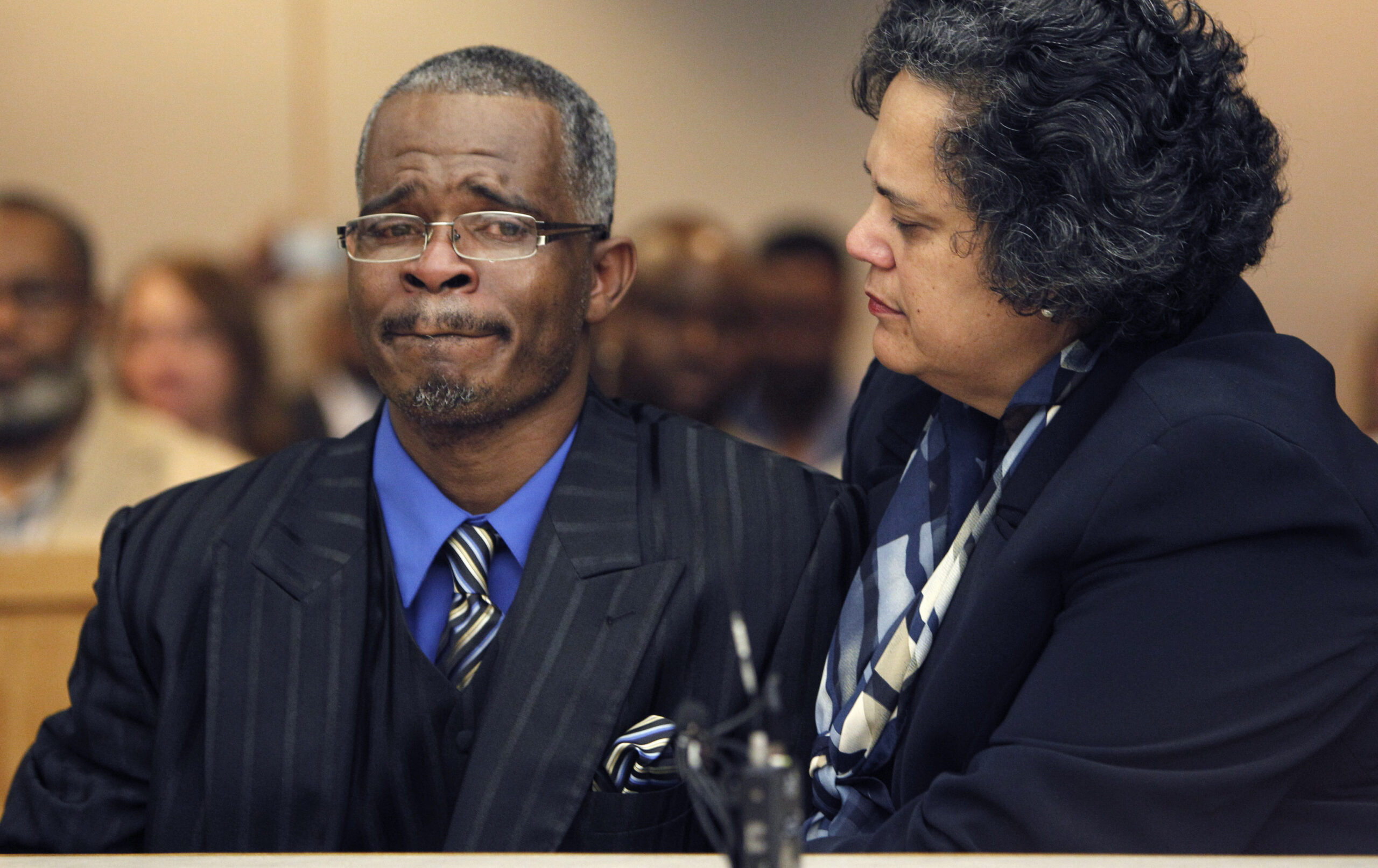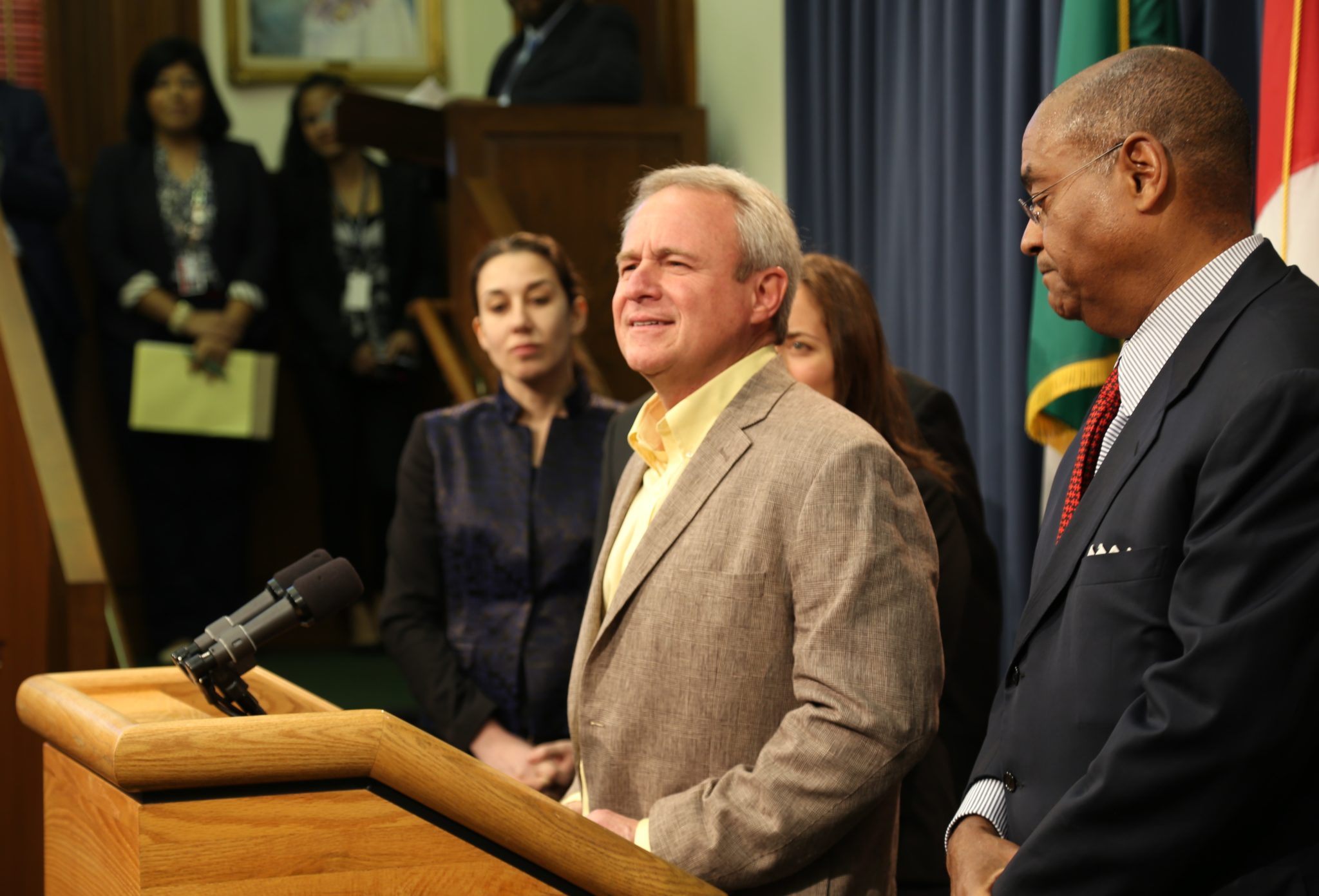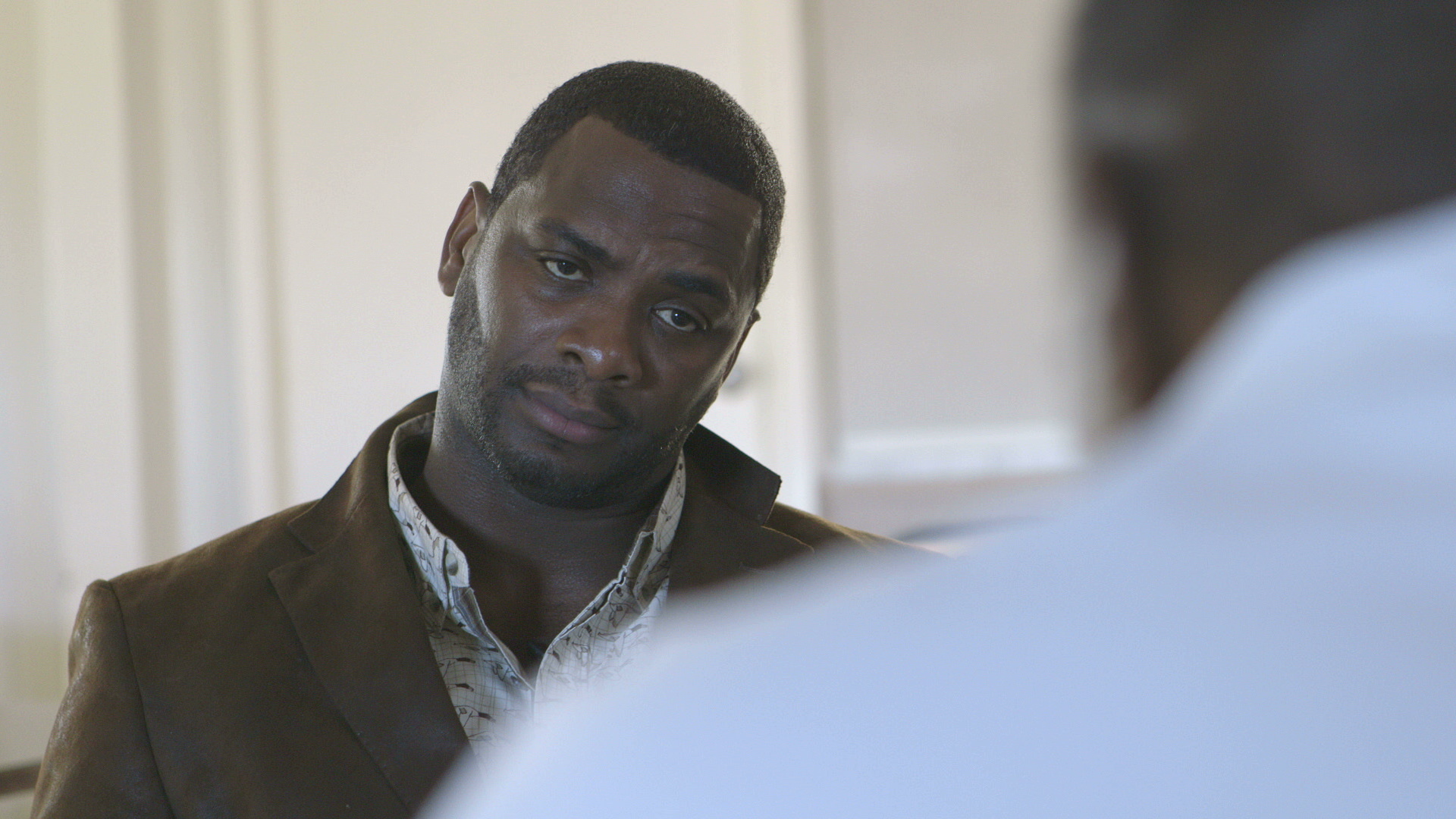
At Ed Graf Trial, Prosecutors Rely on Circumstantial Evidence

Michael Jarrett has no easy task. The McLennan County assistant district attorney is trying to convince a Waco jury this week to convict Ed Graf of murdering his two stepsons. Graf stands accused of setting the fire in a shed behind his house that killed the 8- and 9-year-old boys in 1986. The tricky part is that Jarrett must prove Graf’s guilt without the benefit of physical evidence. In fact, the scientific evidence in the case, according to several leading national experts, points to an accidental fire.
Making Jarrett’s assignment even more difficult, he can’t disclose to the jury why Graf is just now standing trial for events that transpired 28 years ago. He can’t tell the jury that Graf was originally convicted in 1988, that he served 25 years of a life sentence in prison and that the Texas Court of Criminal Appeals overturned the conviction last year, ruling that the forensic evidence of arson was faulty and unreliable. The judge has ruled that any knowledge of the previous proceedings could bias the jury. So Jarrett can’t reveal to the jury the very reason for this week’s bizarre re-trial.
As Jarrett rose from his creaky, swiveling wooden chair to give his opening statement on Tuesday morning, a packed courtroom waited to hear how exactly he planned to pull this off.
Jarrett’s solution was to fall back on good storytelling. He may not have much forensic evidence to present, but he has a wealth of circumstantial evidence that casts suspicion on Graf, and Jarrett will make use of every bit of it.
Jarrett began telling the story of a “family torn apart by greed.” The greed belonged to Ed Graf, he said, standing before the 12 jurors. He had married Clare in the mid-1980s and adopted her two sons, Joby and Jason. For Clare, a single mother working two jobs, Graf seemed a “knight in shining armor.” But she soon learned that Graf was a prickly accountant, a man who liked things done his way, a man who could be controlling of her and her sons.
Jarrett started in on motive—money. Graf had been caught embezzling $75,000 from the bank at which he worked, and in fall 1985, he had to pay the debt back. He needed money. So he took out $50,000 life insurance policies on the boys, in July 1986, a month before the fire. After their deaths, he sought to collect on the policy.
Jarrett then said that testimony would show that Graf had forced the boys, in the weeks before the fire, to move storage bins filled with their keepsakes into the shed. “This man,” Jarrett said motioning toward Graf, seated at the defense table, “required his victims to build their own death chamber.”
It was a stunning line, the emotional climax to Jarrett’s effective opening statement. Jarrett conceded to the jury that, “You’re not going to hear anyone say they saw Ed Graf strike a match,” his admission that the prosecution’s case lacks scientific evidence. But, he said, as with his daughter stealing cookies from the cookie jar, Ed Graf could cover up the proof but couldn’t hide all the crumbs. Of course, that same circumstantial evidence was raised at Graf’s 1988 trial.
He may not have much forensic evidence to present, but he has a wealth of circumstantial evidence that casts suspicion on Graf, and Jarrett will make use of every bit of it.
That would seem a devastating bit of testimony, if it’s true. Jailhouse witnesses are notoriously unreliable.
In their opening statement, Graf’s defense attorneys had no narrative to tell. They didn’t have to. They went straight for scientific fact.
“We’re going to bring you scientific fact,” said Michelle Tuegel, one of three attorneys arguing Graf’s defense. “We’re going to bring you 2014 science in this case, not 1986 science.”
She then briefly explained that the field of fire investigation had advanced considerably since 1986. And she described why fire scientists now believe the fire was likely accidental, perhaps started by the boys, how the high levels of carbon monoxide found in the bodies indicate that the fire was an accident.
The defense team also showed that the circumstantial evidence, while compelling, is circumstantial for a reason—because there are alternate explanations. The defense attorneys pointed out that Ed Graf didn’t need money in summer 1986. He’d paid back his entire $75,000 debt, and secured another well-paying job. They also explained that Graf purchased life insurance policies that are known as universal plans, which can accrue money and are considered good investments for kids. In fact, Graf’s father had purchased such a policy for him, and he’d used it to pay for tuition at Baylor University. They also described Graf as an active parent who took the boys to amusement parks and the beach, and attended their sporting events.
Tuegel told the jury the case was about three tragedies—the death of the boys, a grieving mother and a man wrongly accused of murder. “You’re the only ones who stand between Ed Graf and a fourth tragedy,” she said.
After opening statements, Jarrett and his co-counsel spent the rest of Tuesday presenting their case. They brought forward seven witnesses. Among the most effective was Kathy Green, Graf’s former co-worker at the bank. She testified he once told her that he and Clare would be better off if “the boys weren’t around.”
T.J. Clinch, now 37, was a close of friend of Joby and Jason. He tearfully recounted on the stand that he played nearly every day with the boys. He admitted they had once started a small fire in his backyard, but immediately put it out. They did it just once, he said. “They did not like to play with matches,” he testified of Joby and Jason. At the 1988 trial, witnesses testified to other incidents when Joby and Jason played with fire, and the defense will likely offer that evidence later this week. But Clinch wouldn’t indulge the theory that the boys started the fire. “They wouldn’t have been playing in that shed.”
Del Gerdes, Clare’s sister in law, then took the stand and testified that Graf showed no emotion after the fire. “Not one time did that man say, ‘What could I have done?’” she said. Under cross-examination from Tuegel, Gerdes became angry. When asked if people show grief differently and if Graf could have been mourning in his own way, Gerdes shouted back at the attorney that 99 percent of people would at least shed a tear. “That man,” she screamed while pointing at Graf, “didn’t do that. All he did was act like a brick wall.”
The day ended with more testimony from Graf’s former in-laws, who discussed at length his cheapness and curt demeanor. By the end of the day, the prosecution had proven that Graf was a miserly, and not particularly pleasant, individual. But does that mean he’s capable of murdering his two stepsons?
The prosecution continued to build its case on Wednesday morning. The trial is expected to last at least the rest of the week, and perhaps run into next week.
To support journalism like this, donate to the Texas Observer.

